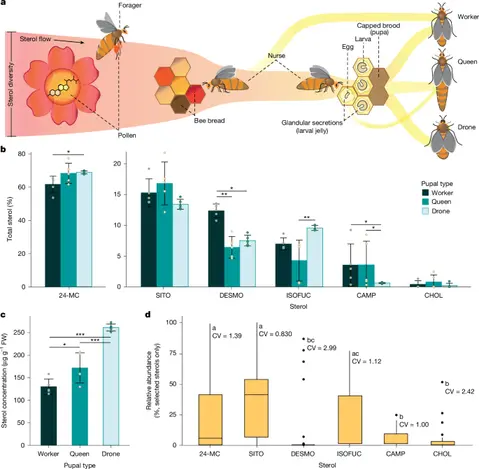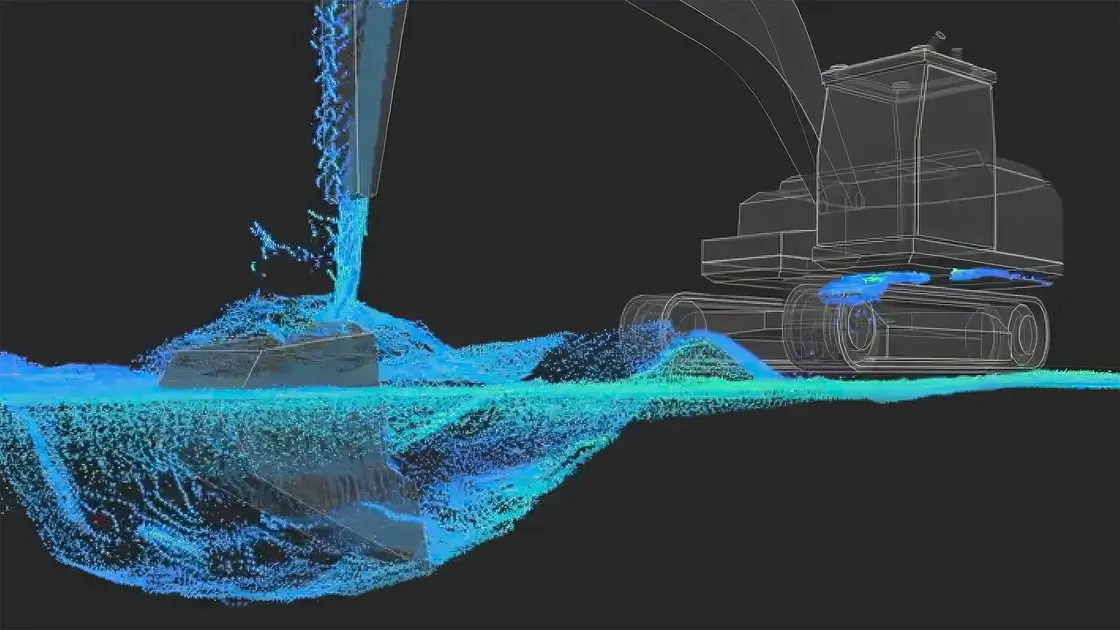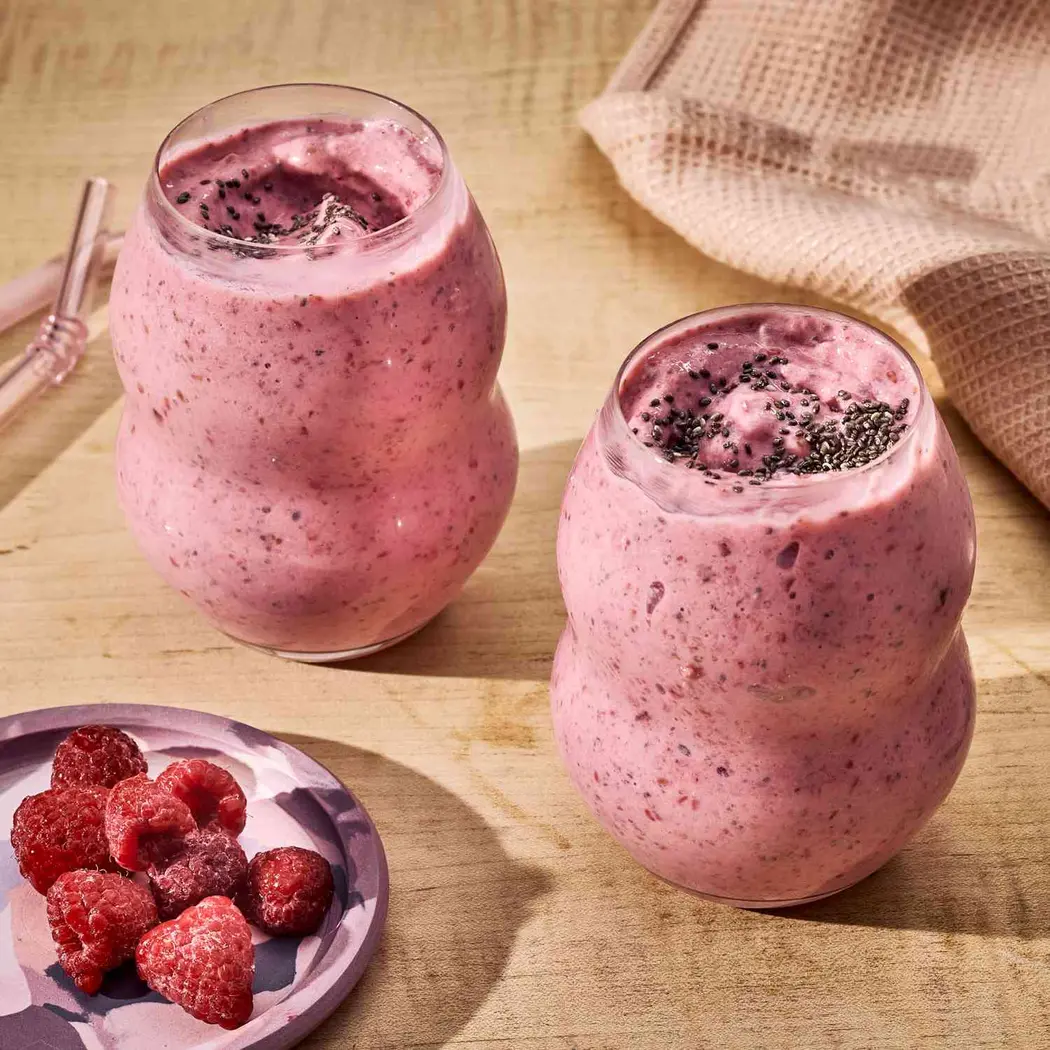T4K3.news
Engineered yeast helps bees during pollen shortages
A yeast-based diet enriched with pollen sterols shows promise in supporting honeybee brood under pollen scarcity; field-ready use will require further testing and safeguards.

Honeybees face pollen shortages, and researchers engineered a yeast to produce pollen sterols to support brood production in pollen-scarce conditions.
Engineered yeast provides rare but essential pollen sterols for honeybees
Scientists used a yeast strain, Yarrowia lipolytica, to produce sterols typically found in pollen and integrated this biosynthetic pathway into a platform strain. The sterol-rich yeast was then added to a meridic diet for honeybee colonies in controlled trials. Colonies that received the sterol-enriched diet reared brood longer than those on diets lacking suitable sterols, suggesting the approach could compensate for pollen gaps during flowering dearth periods. The study also compared multiple yeast backgrounds, including a mixed-sterol strain ST12178 and a baseline platform strain, and examined production at different scales from small cultures to bioreactor fermentations. A pollen-starvation trial in a glasshouse setting tested whether sterol-supplemented diets could sustain brood when natural pollen was removed.
To address safety, the yeast biomass was heat-inactivated before use in the diet. Sterol content was quantified by gas chromatography–mass spectrometry in yeast, diets, and bee tissues, and the team conducted analyses on brood counts, hive weight, and patty consumption across several feeding trials. The work also included a real-world pollen-starvation experiment to gauge colony resilience under floral scarcity. While the results are promising, the authors emphasize the need for broader testing and careful oversight before any field deployment.
Key Takeaways
"Bees may brood longer when sterols are present in the diet"
A key finding linking diet to brood development
"Nutrition designed by microbes could ease pollen scarcity"
Editorial framing of the study's broader impact
"Tiny yeast, big hope for bee brood health"
Tweetable highlight of the study’s potential
"Biology guides farming not just fields"
A reflection on the shift toward microbial solutions
The paper reflects a trend toward nutrition engineering in pollinator health, using microbes to supplement what flowers cannot always provide. If validated at scale, sterol-enriched diets could lessen pollen competition among bee species and offer a buffer against climate-driven pollen gaps. Yet introducing engineered microbes into beekeeping raises biosafety, regulatory, and ecological questions that demand independent replication, transparent risk assessment, and clear labeling. The research design is robust—combining lab work, fermentation, and semi-field trials—but real-world adoption will depend on long-term studies and governance that balance innovation with safeguards.
Highlights
- Tiny yeast, big hope for bee brood health
- Diet designed by microbes could ease pollen scarcity
- Bees thriving on engineered sterols signals a new era
- Biology guides farming not just fields
GM yeast in bee diets prompts biosafety questions
The study uses engineered yeast to deliver pollen sterols to honeybees. While heat inactivation and controlled trials address safety, deploying GM organisms in pollinator nutrition raises biosafety, regulatory, and ecological concerns that require rigorous oversight and independent replication.
Ongoing field tests will determine if this microbial nutrition approach can reach practical use in beekeeping.
Enjoyed this? Let your friends know!
Related News

Rowan Atkinson raises awareness for bees with new sculptures

UK construction activity sees sharpest drop in five years

Bedrock Robotics introduces autonomous excavators

Hull bioethanol plant at risk

Expert tips on deterring sweat bees this summer

Chia Seed Smoothies Spotlight Fiber Boost in Breakfast Routines

Workforce shortages threaten housing plan delivery

Aid worker reports starvation crisis in Gaza
